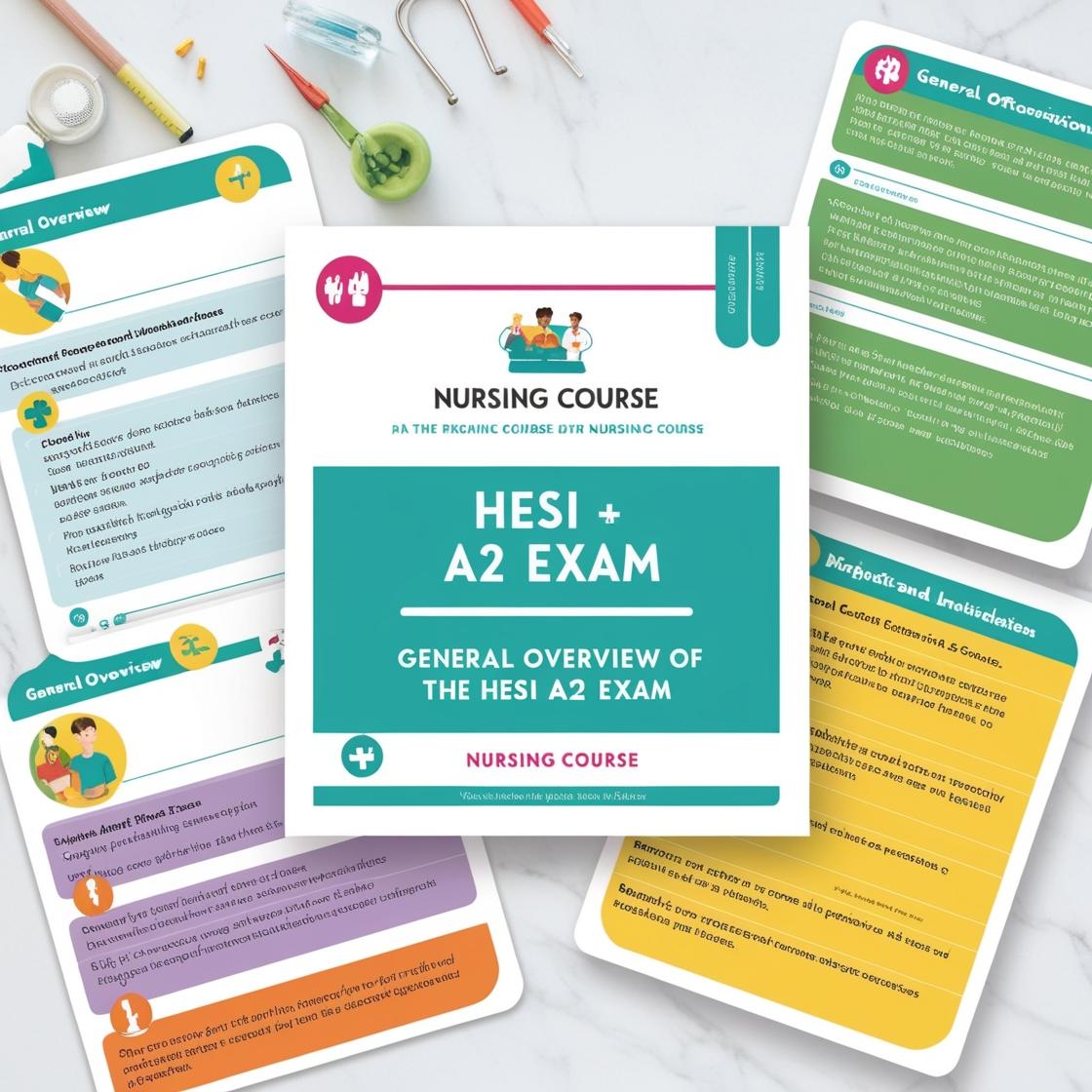HESI A2
HESI A2 Anatomy and Physiology Quizlet 2024
1. The lateral side of the right knee would be ___________.
- A. the kneecap
- B. closest to the left knee
- C. farthest from the left knee
- D. on the underside of the knee
Correct answer: C
Rationale: The lateral side of the right knee is the side that is farthest from the left knee when looking at the knee joint from the front. The term 'lateral' refers to the side of the body that is farther away from the midline or center of the body. In this case, the lateral side of the right knee is on the outer side of the knee joint, away from the other knee. Choice A is incorrect as the kneecap is located at the front of the knee. Choice B is incorrect as it describes the medial side, not the lateral side. Choice D is incorrect as it refers to the underside, which is not related to the lateral aspect of the knee.
2. Where do nearly all of the gaseous exchanges between air and blood take place in the lungs?
- A. Pleura
- B. Trachea
- C. Bronchioles
- D. Alveoli
Correct answer: D
Rationale: Nearly all gaseous exchanges between air and blood take place in the alveoli of the lungs. The walls of the alveoli are thin and surrounded by an extensive network of tiny blood vessels called capillaries. Oxygen from the air diffuses through the alveoli walls and into the bloodstream, while carbon dioxide, a waste product, diffuses from the blood into the alveoli to be exhaled out of the body. This process is essential for respiration and providing oxygen to the body's cells. Choices A, B, and C are incorrect. Pleura is the membrane surrounding the lungs, trachea is the windpipe that carries air to the lungs, and bronchioles are the smaller air passages in the lungs. However, the primary site for gaseous exchange is the alveoli due to their structure and function.
3. How do the intercostal muscles between the ribs assist with respiration?
- A. By protecting the delicate bronchioles and alveoli
- B. By signaling a decrease in intra-alveolar pressure
- C. By enlarging and reducing the space in the thorax
- D. By maintaining a medial separation between pleurae
Correct answer: C
Rationale: The intercostal muscles located between the ribs play a crucial role in respiration by aiding in the enlargement and reduction of the space in the thorax. During inspiration, these muscles contract, lifting the rib cage, which increases the volume of the thoracic cavity and allows the lungs to expand and fill with air. This process directly relates to the expansion of the thorax rather than protecting bronchioles and alveoli (Choice A), signaling intra-alveolar pressure changes (Choice B), or maintaining the separation between pleurae (Choice D). Therefore, the correct answer is C.
4. Through which organ do muscles push food into the stomach via peristalsis?
- A. Mouth
- B. Small intestine
- C. Epiglottis
- D. Esophagus
Correct answer: D
Rationale: The correct answer is D, Esophagus. Muscles push food into the stomach via peristalsis in the esophagus. Peristalsis is a coordinated muscular contraction that helps move food from the mouth to the stomach through the esophagus. The rhythmic contractions of the esophageal muscles create a wave-like motion that propels food downward toward the stomach for digestion. Choices A, B, and C are incorrect because the mouth is where digestion begins but does not push food into the stomach, the small intestine is mainly responsible for absorbing nutrients, and the epiglottis is a flap that prevents food from entering the trachea during swallowing, not involved in pushing food into the stomach.
5. What is true about caloric intake for the average person?
- A. It should increase with age.
- B. It should decline and then increase with age.
- C. It should decline with age.
- D. It should remain constant over a lifetime.
Correct answer: C
Rationale: Caloric intake for the average person typically declines with age due to factors such as changes in metabolism, muscle mass, and physical activity levels. As people age, their metabolism tends to slow down, and they may also experience a decrease in muscle mass and physical activity, leading to a reduced need for calories. Option A is incorrect because caloric intake generally decreases rather than increases with age. Option B is incorrect as it suggests a fluctuation in caloric intake that is not typically seen. Option D is incorrect as caloric needs usually change over a person's lifetime due to various factors.

Access More Features
HESI A2 Basic
$89/ 30 days
- 3,000 Questions with answers
- 30 days access
HESI A2 Premium
$129.99/ 90 days
- Actual HESI A2 Questions
- 3,000 questions with answers
- 90 days access
